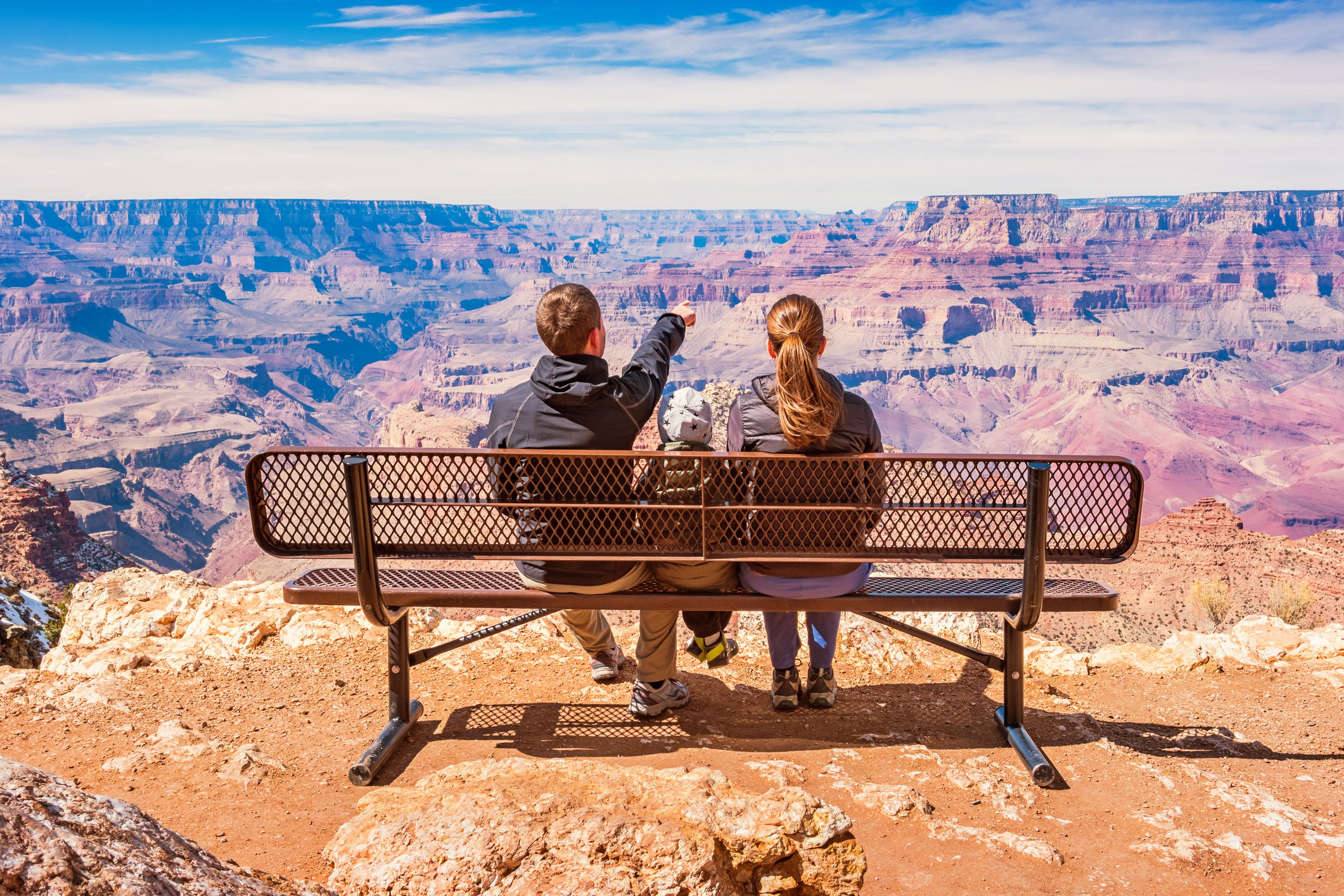Pink rattlesnakes. Ancient twig art. The only national park school. And more.
The aptly named Grand Canyon is 277 miles long, up to 18 miles wide, and a mile deep. That’s more than enough space to stash a trove of secrets. We’ve unearthed a few of the more curious ones.
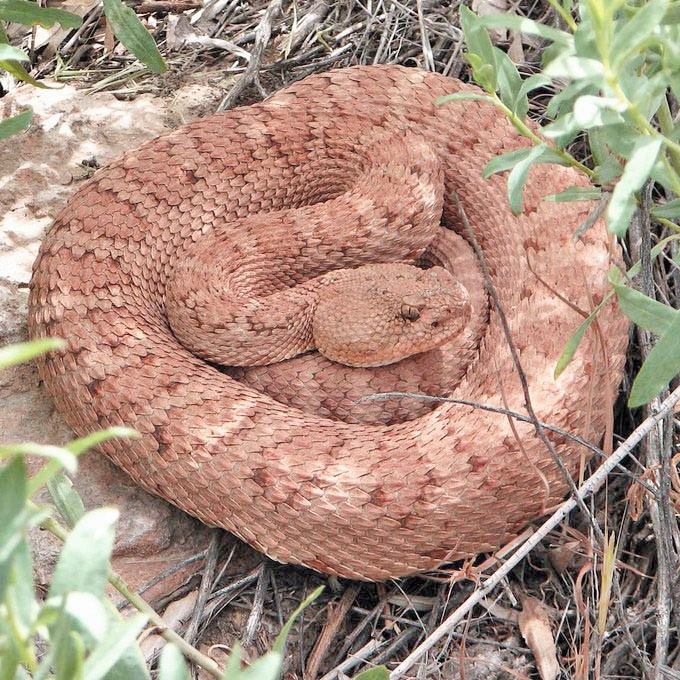
Pink and deadly: The canyon has a species of rattlesnake that appears nowhere else. And it has a pinkish hue. The aptly named Grand Canyon Pink Rattlesnake is one of six species of rattlesnake that dwell at the canyon. If you are lucky enough to see one steer clear. They’re venomous. Remember to always watch your step while hiking in the canyon or along the rim.
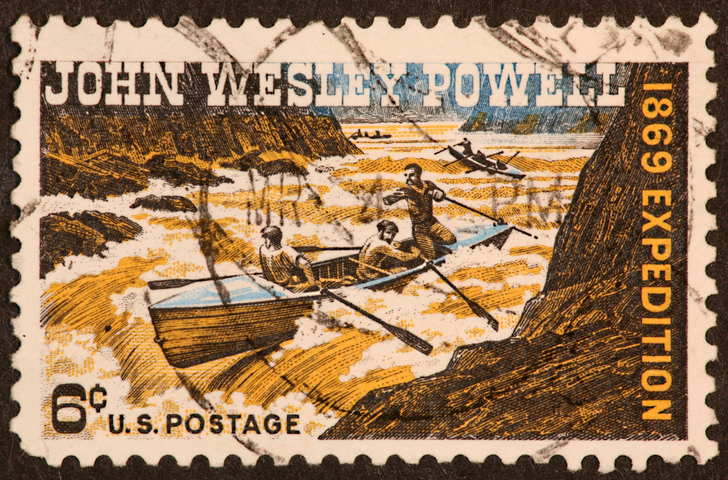
What’s in a name: A one-armed Civil War veteran, John Wesley Powell, coined and popularized the name “Grand Canyon.” In 1869, John Wesley Powell and nine companions steered wooden boats for 1,000 miles on the Colorado River and through the canyon. Powell first used the term “Grand Canyon” in 1871. Previously, it had been called the “Big Canyon.” And the Paiute Indians dubbed the canyon “The Mountain Lying Down.”
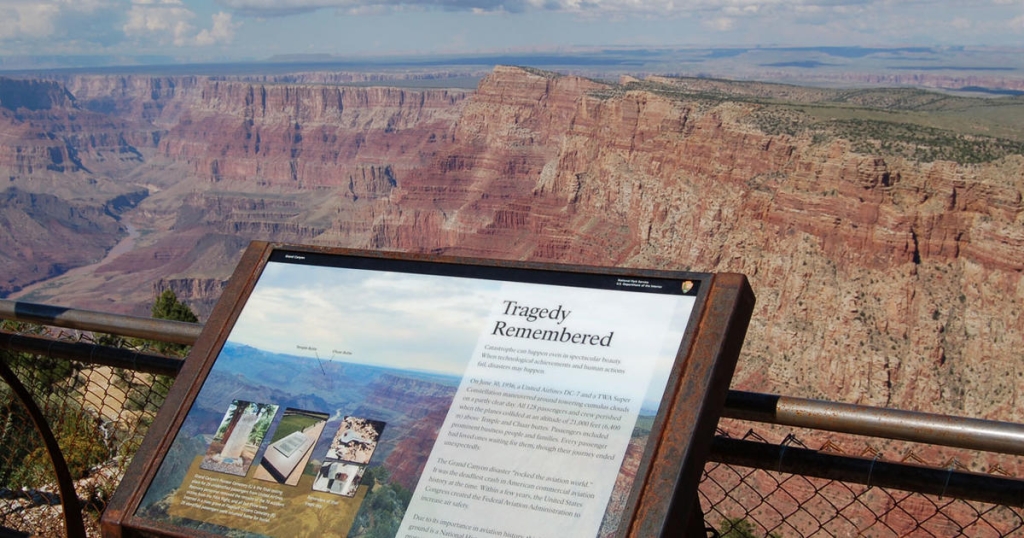
Flight safety catalyst: A 1956 mid-air collision over the Grand Canyon between two commercial flights spurred the creation of the Federal Aviation Administration. The crash occurred when a TWA Super Constellation and a United Airlines DC-7 collided over the canyon killing all 128 occupants of the two planes — the worst air disaster on record at the time. The event highlighted the need for greater oversight in the growing field of commercial aviation. Two years later, the Federal Aviation Agency (precursor to the FAA) was launched to be responsible for civil aviation safety. The site was recently recognized as a National Historic Monument.

Ancient twig art: Among the oldest man-made artifacts discovered in the Grand Canyon are split-twig figurines that are between 2,000 and 4,000 years old. They’re fashioned from a single twig that’s been folded into animal shapes, such as bighorn sheep or deer. These objects have been discovered in remote caves (usually under rock cairns), leading scientists to believe they were some sort of totem and not mere toys. You can view some in the national park’s Tusayan Museum at Desert View.
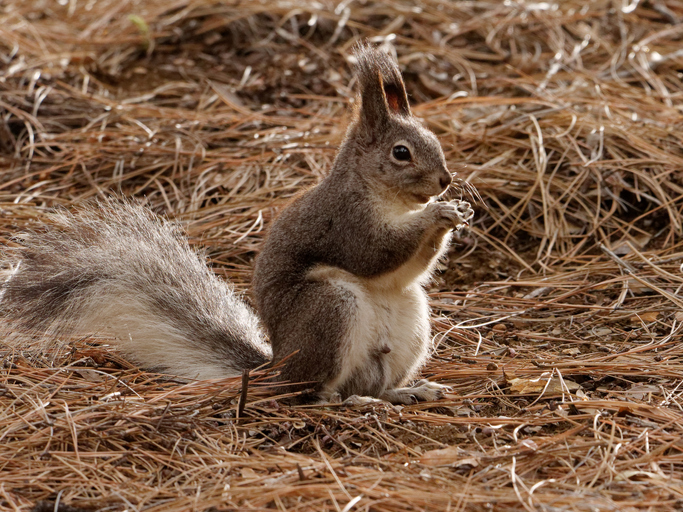
Singular squirrels: The canyon harbors two kinds of squirrels — one lives on the North Rim, the other on the South Rim. The Kaibab squirrel occupies a relatively confined 20-by-40-mile area in the ponderosa pine forests of the North Rim, the only place it’s found. Its South Rim cousin, the Abert’s squirrel, has a wider realm.
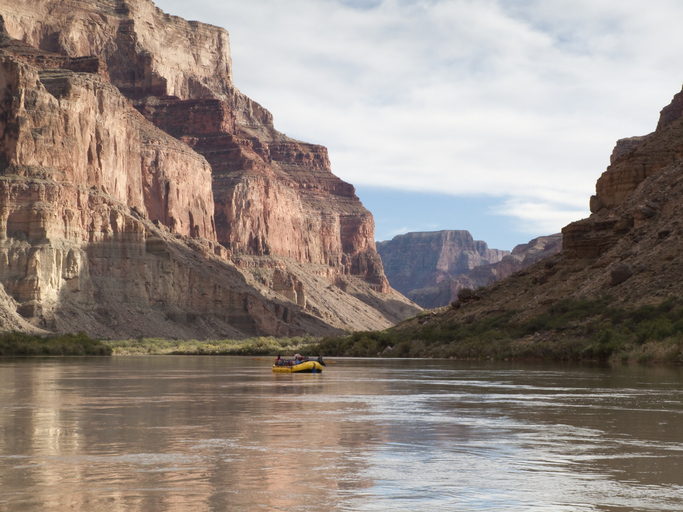
Water works: The Colorado River may have wielded the power to carve the great chasm over millennia. But it isn’t the water source for the millions who visit the canyon today. Water is piped from the North Rim to the South Rim (site of most visitor activities and services) via a pipeline built in the 1950s. The water comes from Roaring Springs, a natural spring located about 3,500 feet below the North Rim and almost 18 miles from the South Rim.
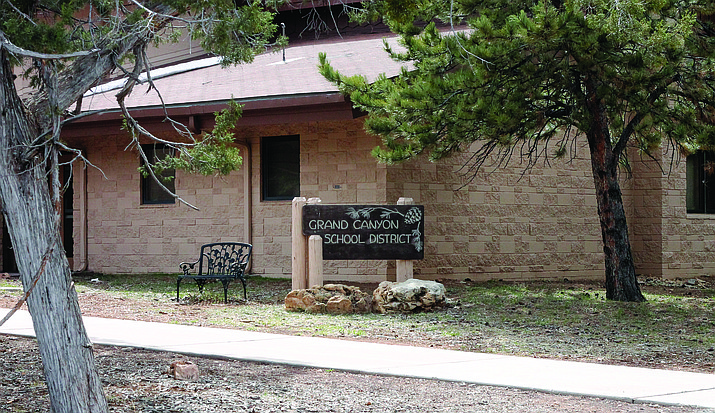
School days: The Grand Canyon is the only national park that still has a K-12 school district. It has about 300 students. The first school was established there in 1911.
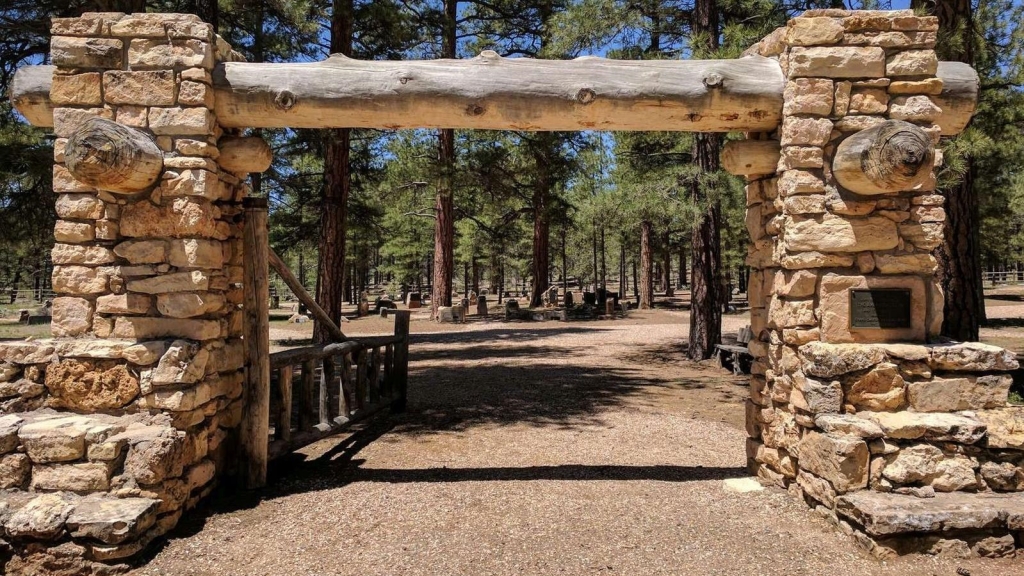
Final rest: The canyon has its own cemetery, one of very few national parks with its own burial ground. Qualifications for burial in the Grand Canyon Pioneer Cemetery include having lived at the canyon for at least three years or having made “a significant and substantial contribution to the development of, public knowledge about, understanding of or appreciation for Grand Canyon National Park.”
For more information, visit grandcanyonlodges.com or call 888-297-2757.For more travel experiences available from Xanterra Travel Collection® and its affiliated properties, visit xanterra.com/explore.
WRITTEN BY: JAYNE CLARK
Washington, DC-based freelance travel writer Jayne Clark has been a travel reporter at USA TODAY and several other daily newspapers.


